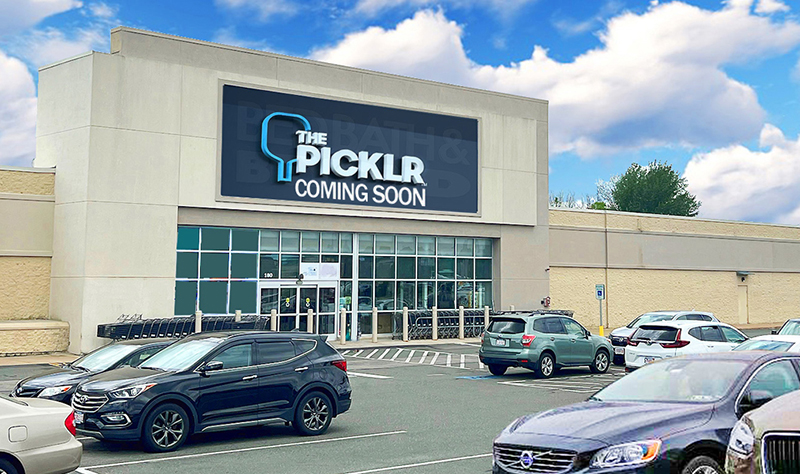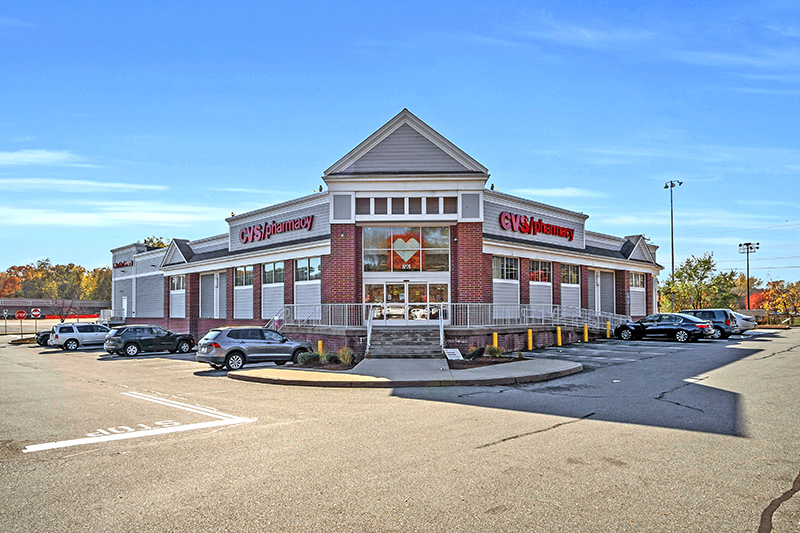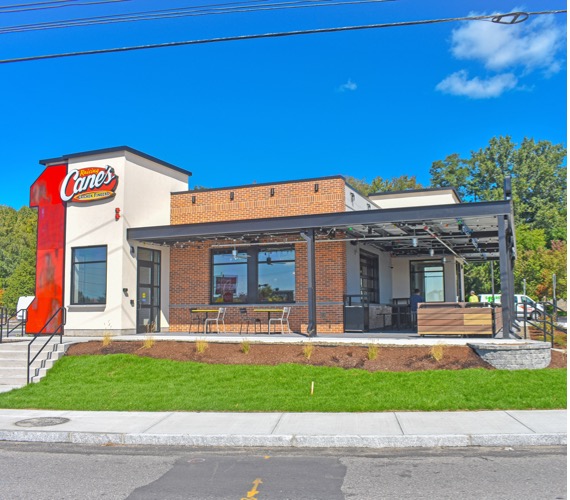It’s really got to be right: Existing or planned retail space needs to be thought through and out of the box - by Carol Todreas

Todreas Hanley Associates
There is no formula. There is no quick fix. There are, however, two big and deadly sins – inaction and unplanned action. Today every square foot of existing or planned retail space needs to be thoroughly thought through and “out of the box.”
Costs, rents and sales used to be the most significant factors in planning retail but as department and big-box stores decline each tenant must become a mini-anchor. All must pull together and answer: What does the customer want, and how does the customer want it?
Determining this can be tricky since market fads are abundant and often mistaken for long-term trends. Keeping abreast with retail industry fluctuations from e-commerce and technology newbies to the oldies, but goodies, is almost an hourly challenge.
In this era of evolving technologies, multitasking, traffic congestion, and disruptions of older institutions, all shoppers, regardless of age or income, are examining and exploring how, why and where they shop, and even if they should at all.
Shopping habits and communication are changing faster than the climate. Instagram is currently the social media darling, but for how long before consumers find another “hotter” media platform?
Planning retail development of any kind must consider the ongoing transformation of how we live, work, play, and transport ourselves as we move from a 20th century lifestyle and economy to the shared, impatient gig economy of the moment.
The physical, visual and leasing characteristics of new or existing projects reflect the changed and changing market. Consumers who prefer to walk, bike, electric scooter, or take a car service require different access, surfaces/signage, parking and security than auto-only malls. Where to place recharging stands, what shape, size are seating and tables? Even size, placement of the common areas is no longer an easy decision since the way we are using open and public spaces has dramatically changed.
With new transportation modes and more to come with driverless cars, the old rules of parking need to be revisited. Distant parking spaces can be transformed into parks, recreation uses, performing spaces. On larger malls, housing, offices, or medical care need to be carefully analyzed since they too are prone to fads and quick reverses.
This then harks back to what does the customer want, and how do they want to get it?
There have been many reports and white papers about the predominant generations of shoppers: Boomers with lots of money and Millennials with lots of needs and little time. We know that they prefer Internet shopping for some purchases, but they still retain an interest in shopping in stores and eating in restaurants. But, it has to be right.
Right means: the right stores and restaurants, the right mix of retail and other attractions, the right vibes and graphics, and the right sense of authenticity.
To get it right we know there is a plethora of socio-economic and sales data to mine with analytics to absorb, but fundamentally retail is a people business and to succeed the people must be pleased. How to please?
Start with the science. Analyze and interpret the data. Continue with the art. Using the science as the foundation, identify the special details of the market: its character, underlying spirit, ethos, and needs. Find the essence of the location – why and how it is distinguished from its competition. Determine the best the industry offers that fits the market. This blending of art and science worked and re-worked to as near to perfection as possible is how to please, delight, and engage the people.
The current retail scene is innovative and dynamic, there is always news and this will continue; yet, based on recurrent data there are some trends that show signs of staying:
• New retail works best developed close to housing and transportation with bike and pedestrian paths, connections, and amenities;
• Smaller stores for both national and independent tenants are desired for sustainability, affordability, and tweakability;
• New grocery stores of approximately 10,000 s/f featuring fresh foods and prepared entrées in individual portions for takeout;
• Restaurants are more likely to succeed as casual, healthy, not too pricey with a unique food concept or as authentically ethnic;
• Fitness, wellness, health, and beauty themes as individual stores or as a co-store have broad market appeal;
• Leases need to be customized for each tenant.
The concept of “store” will be ever-changing and with it each street, district, or center as well. The most successful will be landlords and merchants who are flexible and continuously in contact with their customers. But, no matter the location, stores, concepts, design must be individually selected for each location, and in harmony or exceeding customer expectation for a pleasant, stimulating and non-stressful experience.
Carol Todreas is a principal at Todreas Hanley Associates, Cambridge, Mass.
Mace of KeyPoint Partners negotiates 36,192 s/f lease for The Picklr at Endicott Square
Danvers, MA KeyPoint Partners (KPP) negotiated a lease with the nation’s premier indoor pickleball venue The Picklr at Endicott Sq. Vice president of retail brokerage Don Mace negotiated the transaction on behalf of the landlord.




.jpg)



